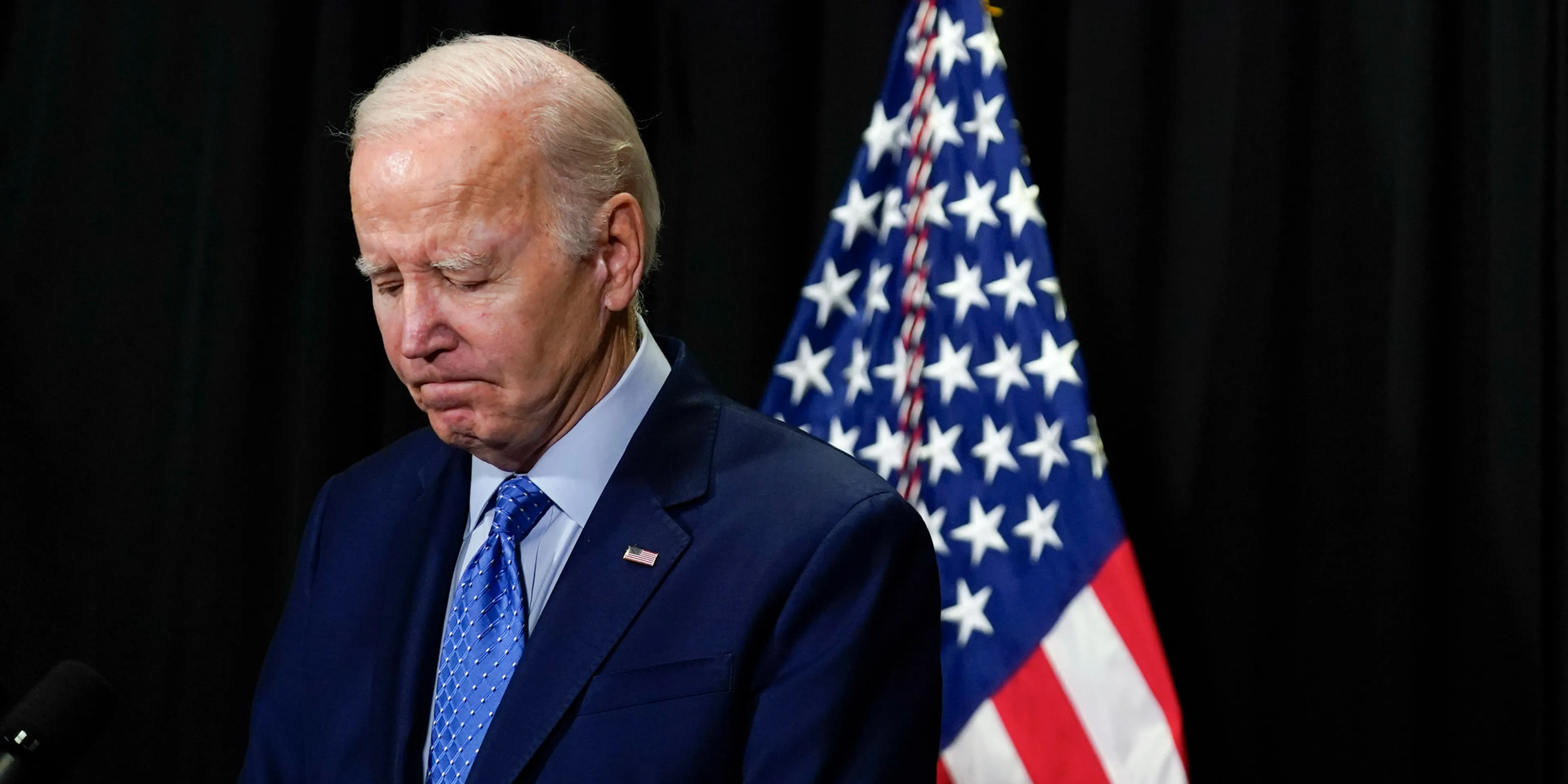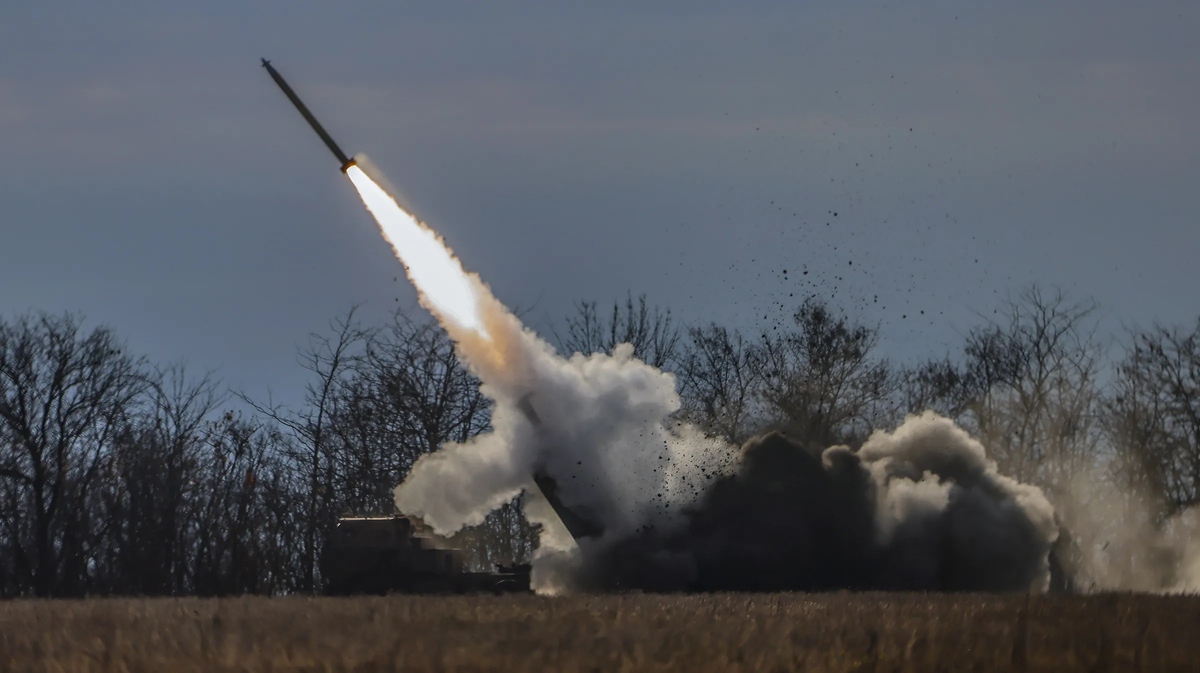The United States Could Strangle Russia. So, What is Stopping Them?
While the United States is more than capable of instigating a full-blown economic crisis in Russia, it’s not seen as a necessity, says Professor Oleg Itskhoki of the University of California, Los Angeles

This article is based on an interview with Oleg Itskhoki
One need look no further than the steady economic growth and consistently high revenue generated from oil exports to see that, thus far, sanctions imposed against Russia have proven largely ineffective. Not only has there been no decrease in funding for the war, spending on defense and security stands at a record high, with weapons and spare parts still being readily imported into the country.
However, with sufficient desire and political will, the United States could deal a serious blow to the Russian economy. They have not one, but three, ways of accomplishing this.
More oil
Despite sanctions, income generated from oil exports constitutes a significant portion of Russia’s budget revenue and foreign currency earnings. As long as Russian oil is sold for no less than $60 per barrel, the aggressor state will continue funneling money into the war effort. However, if prices fall below this threshold, financing the war will become challenging in 2024-2025.
The United States could substantially lower the global oil price single-handedly, without resorting to sanctions. This would simply require the U.S — the world’s largest oil producer — to increase internal oil production. Currently, most of its yield is consumed domestically, with the remainder being exported internationally. How is it then that OPEC still leverages such power in the global oil market? Why doesn’t the U.S dictate its own terms? Indeed, in response to OPEC+ nations reducing production in any way, the U.S could simply accelerate its output of shale oil. In 2022, shale oil accounted for 66% of total U.S crude oil production (7.8 out of 11.9 million barrels per day). In 2023, American companies increased general production by a million barrels (to 12.9 million).
The U.S Energy Information Administration (EIA) predicts that output will increase by 300,000 barrels per day this year, and by 200,000 per day next year. Analysts make even bolder forecasts: production could increase by 500,000 barrels per day in 2024.
The fact is, American companies could be producing more oil — not 13 million barrels per day, but say, 15.
President Joe Biden, despite the presiding green agenda, called for oil companies to increase production and approved a major new drilling development in Alaska. When oil prices exceeded $100 per barrel in the aftermath of Russia’s invasion of Ukraine, major players like Exxon and Chevron, failed to increase extraction rates significantly, fearing a collapse in prices. However, by the end of 2022, several smaller companies and hundreds of private firms stepped up their output rate. Experts suggest that at this rate, the United States could reach 15 million barrels per day within five years.
To facilitate continued industry growth, the American administration could ensure that companies benefit from guaranteed profitability. Promising, for instance, that in the event of a collapse in global oil prices, domestic rates wouldn’t drop below $80 per barrel for an entire year. Then, the overall increase in production would be far greater than any fluctuations in oil output from Saudi Arabia. This would enable the U.S to not only lower global oil prices, reducing Russia’s revenues, but also acquire a substantial share of the world market. This is a feasible prospect.
More ammunition
Similarly, the U.S could easily resolve Ukraine’s ammunition shortage. According to a research group at the Kiel Institute, since the beginning of the war, the United States and their allies have transferred $100 billion worth of ammunition, missiles, and tanks to Ukraine. However, this isn’t enough.

To increase the production of necessary weaponry, the U.S government could implement the Defense Production Act (used in instances where the U.S is involved in a war, directly or indirectly), which would allow for the subsidization of armament manufacturers.
The U.S has the capacity to increase its military expenditure. In 2022, defense spending amounted to 3.1% of GDP, close to the lowest level since World War II. Even if the $106 billion President Biden requested in aid for Ukraine, Israel and Taiwan were to be added to this total, the gross amount would still only be around 3.6% of GDP. For comparison, this is significantly less than the 4.6% spent at the height of the Iraq and Afghanistan wars in 2010, not to mention the 8.9% in 1968, during the Vietnam War.
With the Defense Production Act, the U.S could increase military production rates exponentially. This hasn’t happened, which prolongs the war in Ukraine and its associated losses.
As political scientist Kirill Rogov proposes, if countries massively exceed ammunition production requirements, say tenfold, then wars can be avoided. Ironically, the ammunition then wouldn’t be necessary. Perversely however, if barely enough ammunition is produced, then actors like Putin will emerge, wanting to test the limits of the West’s resilience.
A study conducted by economists at the Kellogg School of Management found that if third countries intervene in the conflict, they must do so decisively and provide absolute support. In other words, quickly bolstering Ukraine’s power and ensuring that Russia knows about it. Otherwise, this would lead to nothing more than a senseless prolongation of the conflict.
The terrorist label
Circumstances suggest that now would be an appropriate and reasonable time to recognize Russia as a state sponsor of terrorism (currently there are four such nations: Iran, North Korea, Cuba, and Syria). This status imposes restrictions on aid from the U.S, a ban on the export and sale of military products, control over the export of dual-use goods, and automatic exclusion from the international financial system. Consequences would also be brought upon any government participating in arms deals with Russia, who risk the imposition of secondary sanctions. For American companies, practically any dealings with Russia would become high risk.

Furthermore, such a status deprives a country of immunity privileges. U.S courts would therefore be at liberty to consider lawsuits brought against Russia, with any victims of the country’s terrorist activities being eligible for financial compensation, derived in part from the seizure of frozen Russian assets.
This would greatly complicate all trade with Russia, including the export of Russian goods and the import of microchips for weapons production, currently occurring despite numerous preventative sanctions. Russian international trade would be forced to resort to bartering oil in exchange for consumer goods through intermediary countries, as was the case during the Soviet era.
The U.S State Department must make the final status decision, but Anthony Blinken, the Secretary of State, appears to have removed the option from the table. This arouses disappointment in several camps — Ukraine, who has lobbied for the measure since April 2022, and several American politicians, like former Speaker of the House of Representatives, Nancy Pelosi, also vehemently expressing support. President Biden openly declared his view that labeling Russia a “terrorist state” is unnecessary. During a press conference in September 2022, he was asked whether Russia should be assigned this status, to which he replied “No”, but didn’t elaborate further.
What is stopping them?
Each method comes at a price.
A rapid increase in oil production isn’t being considered for two reasons. The United States dislikes heavily intervening in market mechanisms and seeks to avoid it at any cost.
Additionally, the Biden administration doesn’t want to delay the green transition (the phasing out of fossil fuels in favor of renewable energy sources — RES). Furthermore, high oil prices are beneficial to the transition since consumers, keen to acquire products at a lower rate, are inclined to switch to subsidized RES. Therefore, the high oil prices generated by the actions of OPEC+, are viewed advantageously by U.S authorities.
For the Democrats, the green agenda is of greater importance than reducing Russia’s oil revenues. For those concerned by the war in Ukraine, this may seem like a misplaced priority. From the American perspective, however, the war is a far-flung regional conflict, whereas the green transition is the greatest global issue of the current decade.
Economists believe that enforcing low prices for oil producers and high prices for consumers is the optimum scenario. In other words, substantial taxes on hydrocarbon use are needed to separate producer and consumer rates. This would allow for taxes, rather than high oil prices, to become the primary driver towards the green transition. But, obviously, the concept of higher taxes on gasoline wouldn’t be particularly appealing to the general electorate. It’s difficult to imagine the U.S imposing a 300% tax on fuel or gasoline-powered cars, as is the case in certain European nations.
As for arms production, the delay boils down to not just insufficient funding, but also a lack of capacity, which the United States is doing little to resolve. Even the plan to double the production of anti-tank Javelin missiles had to be postponed from 2024 to 2026.
Attempts are being made to overcome this restriction by shifting production to other countries. Proposed plans will see Poland manufacture Javelin missiles developed in the U.S, while German companies are set to produce parts for the Lockheed Martin F-35 fighter jet and a new missile system.
In summer 2022, the U.S State Department spoke out against labeling Russia a “sponsor of terrorism” out of concern for the grain deal, according to Politico. The main issue is that the United States doesn’t want 5.5 million barrels per day of Russian oil to disappear from the world market and subsequently trigger a significant increase in global oil prices. Presumably, the implementation of such an important measure is being reserved in case of a substantial escalation of Russian aggression beyond Ukraine.
The fundamental reason why none of the three aforementioned measures have been implemented is that American politicians, as well as the public, aren’t overly concerned or afraid of Putin. Perhaps they believe that he has already been sufficiently constrained and weakened by this war, which is set to continue for several more years — a factor which doesn’t seem of particular concern to the U.S.
Comparing the United States’ attitude towards the threat from Russia with the threat from, say, China, one witnesses a considerable disparity. The prospect of confrontation with China is seen by American society as a matter of serious concern, unlike the confrontation with Putin. This may yet prove to be a short-sighted world view.
The methods we have examined are all viable options which should have been deployed by the U.S if all this were happening during the Cold War. It’s interesting to imagine what the world would be like now if Ronald Reagan, who declared the Soviet Union an empire of evil on the eve of its collapse, were the President of the United States today? Perhaps, one of the current Republican candidates, Nikki Haley, might still show us what could have been.
Translated by Sasha Molotkova